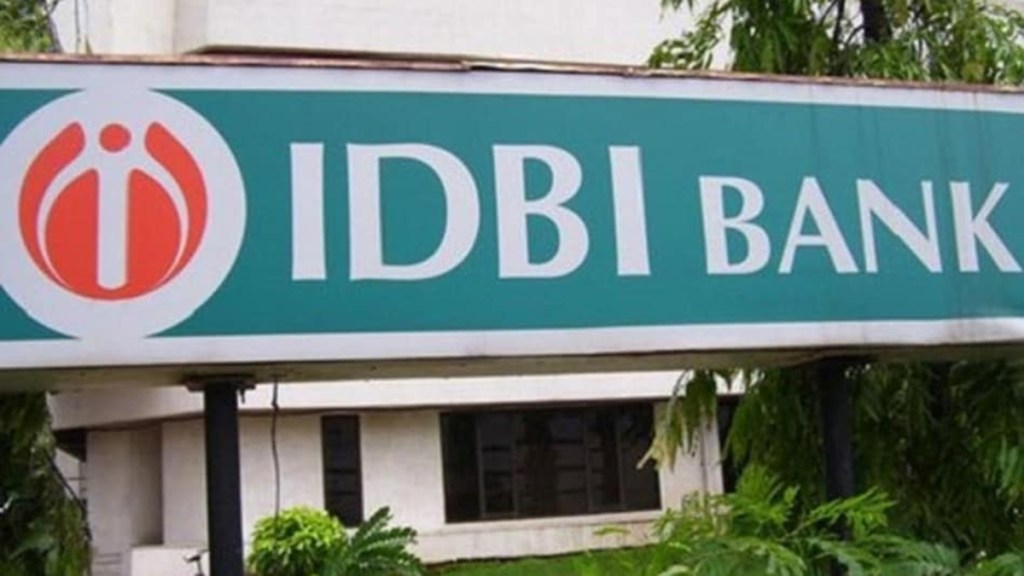The completion of divestment in IDBI Bank is set for this year as qualified interested parties have almost completed their due diligence, said Department of Investment and Public Asset Management Secretary Arunish Chawla.
Addressing media at the 22nd FICCI Annual Capital Markets Conference, he said: “Whatever data or details they need, they have been provided and whatever technical documents are there, they have been prepared. So hopefully, this work will be completed by September. And by the end of this year, I hope that we will be able to complete the main parts of this work.”
Following these comments, the stock surged and closed around 9% higher at Rs 98.16
Beyond IDBI: A Broader Divestment and Delisting Strategy
He further said, “We have a target of about Rs 47,000 crores for asset monetization and we have achieved about Rs 22,000 crores in the first quarter, we are not going to rest on our laurels and continue to work hard for the remaining part of this year.”
The secretary also said that the department is taking a review of the public sector companies eligible for voluntary delisting procedure under Sebi’s latest framework this year. “All companies where government owns more than 90%, we will first come down to 90% and companies where we are still between 75% and 90%, we will endeavor to bring them down to 75% so that there is sufficient float in the market,” he said.
On LIC, he said that the decision will be taken by SEBI, Dipam, merchant bankers, and LIC. “An inter-ministerial group is formed for this,” he said while noting that LIC’s market value is around 6 lakh crores and 1% of it is 6,000 crores. “So keeping in mind the liquidity of the market, the transactions are designed accordingly,” he said.
A Push for Better Dividend Policies and Market Float
He also said public enterprises should be made role models in terms of their dividend policy. “We want ordinary investors to be part of the public enterprises and their wealth…we have very carefully calibrated the regulation for them, and which is 30% of PAT or 4% of net worth whichever is higher.”
“We made the highest dividend last year, and this year, we hope to sustain and maybe even better that performance,” he added.

